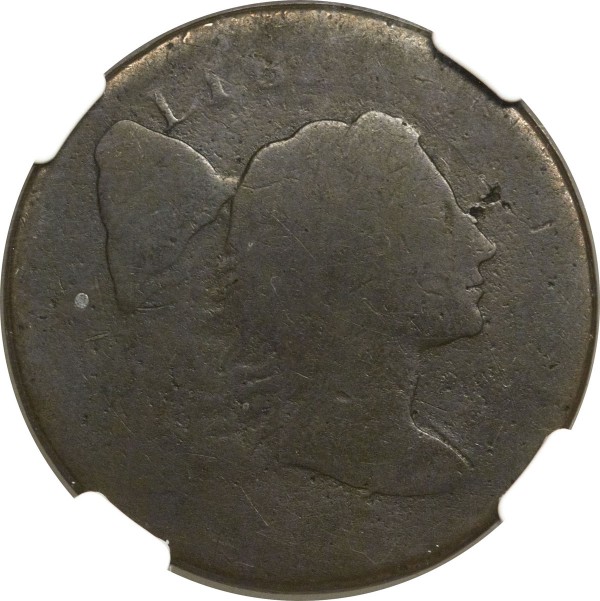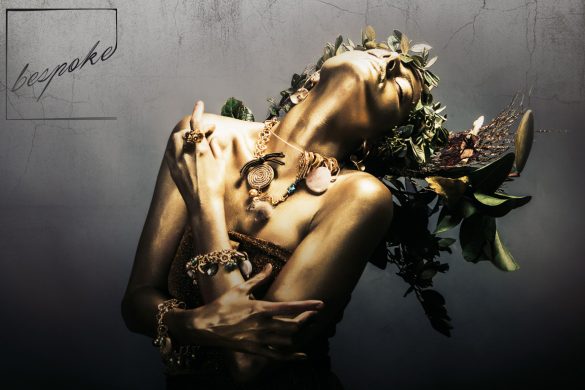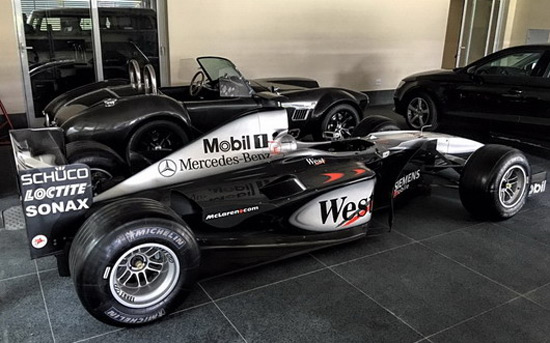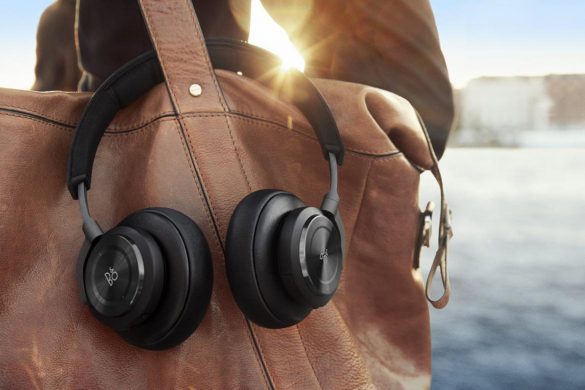The Phillip Clover Collection of U.S. Large Cents, a near-complete set of early large cents by Sheldon die variety, will give collectors a chance to obtain some of the rarest, most prized issues of early copper coinage in existence. The collection leads off the Heritage Auctions September Long Beach Signature U.S. Coin Auction, Sept. 6-9 at the Long Beach Convention Center.
Out of more than 300 Sheldon varieties of early large cents, each representing a unique obverse-reverse combination, Phillip Clover obtained more than 99% of them, a great achievement. His collection contains over twenty examples of certain die pairs so rare they are described as ‘NC,’ or Non-Collectible. One such Non-Collectible variety is the NC-3 1795 cent with Plain Edge. It was identified by Jack Beymer in 1980, several years after Dr. Sheldon’s death and just six examples are known today. The Phillip Clover Collection of U.S. Large Cents has the discovery coin for the variety, graded Poor 1 by NGC. Though worn nearly smooth, the coin has tremendous importance to large cent specialists.
The numbered Sheldon varieties begin in 1793 with the Chain cent, a short-lived variety that was replaced after negative comments about how the circle of chain-links on the reverse — meant to symbolize strength — suggested slavery and was ill-matched with the figure of personified Liberty on the other side. The first Sheldon variety, or S-1, is distinguished by the word AMERICA being abbreviated as “AMERI.” on the reverse. Not only were the AMERI. chain cents the first large cents produced, they also were the first official coinage ever struck at the U.S. Mint in Philadelphia. The Clover specimen is graded VG10 by PCGS.
Unique designs within the large cent series are among the highlights of the collection, including examples of the famed 1794 Starred Reverse and 1795 Jefferson Head types. Clover’s 1794 Starred Reverse cent, S-48, is rated as Fine Details by NGC, while his 1795 Jefferson Head cent, S-80, also graded by NGC, has Very Fine Details. Many theories have appeared as to why 94 tiny stars were added to one reverse used to strike large cents in 1794, but the truth remains unknown. The Jefferson Head may not have been made at the U.S. Mint, but by an individual hoping for a private coinage contract. The combination of mystery and rarity has made those two varieties legends.
In the early days of the U.S. Mint, coinage dies often were used until they shattered and certain varieties are famous not only for their rarity but also for the large and distinctive die failures that brought their production runs to their respective premature end. The Sheldon-14 1793 Liberty Cap cent has a vertical die crack down through the middle of Liberty’s portrait on all known specimens; Clover’s coin is graded Fine Details by NGC. The very rare Sheldon-33, a 1794 variety, has the “Wheelspoke Reverse” with long radial die cracks stretching from the rims to the center like the spokes on a wagon wheel, and as above, Clover’s specimen rates as Fine Details according to NGC.











